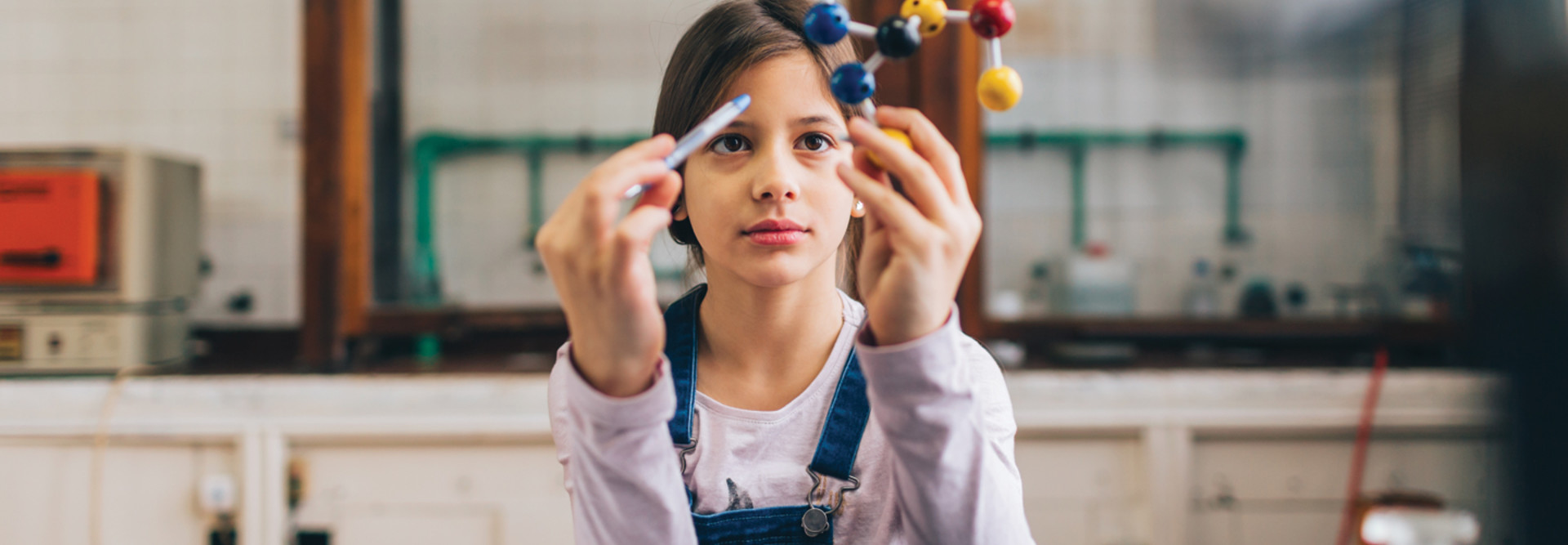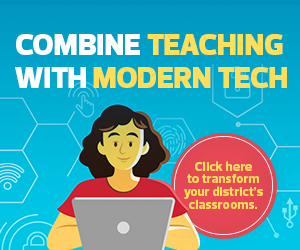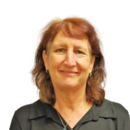When Joann Blumenfeld, an educator with the Wake County Public School System, looks at her students, she doesn’t see disabilities — she sees superpowers.
“We need to flip the mindset that these kids have disabilities,” says Blumenfeld, a special education teacher and founder of Catalyst, a STEM program for high school students with disabilities. “They have different superpowers.”
Blumenfeld was recognized as a TIME Innovative Teacher of the Year, presented by Verizon, for her work getting students with disabilities into high-paying STEM careers. Through Catalyst, which she started in 2014, Blumenfeld helps her students learn social and technical skills while changing the mindset around what they’re able to achieve.
Click the banner below for modern teaching solutions from CDW to digitally transform your district.
Teaching Students with Disabilities STEM Career Skills
The lack of support in public education for students with disabilities inspired Blumenfeld to create Catalyst. The program operates within North Carolina State University and is built on multiple prongs of skill building.
Catalyst exposes students like Chandler Jenkins to STEM content they otherwise wouldn’t have access to in high school — everything from nanotechnology to textile engineering, Blumenfeld says.
All of the learning is hands on, so the students use computers and Raspberry Pi for coding, as well as lab equipment such as electron microscopes.
WATCH NOW: Special education teachers use technology with a focus on vocation.
“My favorite part of the program was actually getting introduced to different types of jobs and careers,” Jenkins says. He now has a scholarship to study computer science with the goal of working in cybersecurity.
Students also learn workforce readiness skills, such as budgeting and resume writing. They also meet with professionals to practice their professional interpersonal skills.
“We have companies like IBM come in and interview the kids in mock interviews, so they get practice in that,” says Blumenfeld.
Finally, students get STEM internships as part of the program. This gives them first-hand experience in the field and allows them to apply for college with two or three internships on their resumes.
“We can’t just give kids accommodations. We need innovative programs like this, that connect all the prongs,” Blumenfeld says.
Changing the Minds of Students and Professionals Through Awareness
Beyond introducing students with disabilities to STEM careers, Blumenfeld’s other goal through the Catalyst program is to change people’s thinking.
She hopes to open students’ eyes, so they can see all that they’re capable of achieving, and she wants to show professionals in the field that these students have superpowers.
“Breaking those barriers is really important on many levels,” Blumenfeld says. “Kids with autism tend to have great visual acuity, so that’s great for a coder. People who are hearing impaired, NASA wants them because they don’t get motion sickness. People with ADHD are great scanners, and they’re really good at seeing the whole picture. They make great people in emergency rooms and great teachers.”
“If we want an innovative STEM workforce, we need to have a place at the table for everybody,” she adds.
Blumenfeld encourages other districts to follow her lead, and she recommends finding a local college or university with which to partner for a good base of professors. She also suggests writing grants.
“We started small. I got a $5,000 grant. You can build up your base, and the more you build up, the more kids you can help,” she says.
UP NEXT: Get outside help writing grants so your district doesn’t leave money on the table.












